Bruno Råberg talks about translating tone sets, how he orchestrated for a 10-tet, and balance in composing with tone sets through his analysis of “Erebus.”
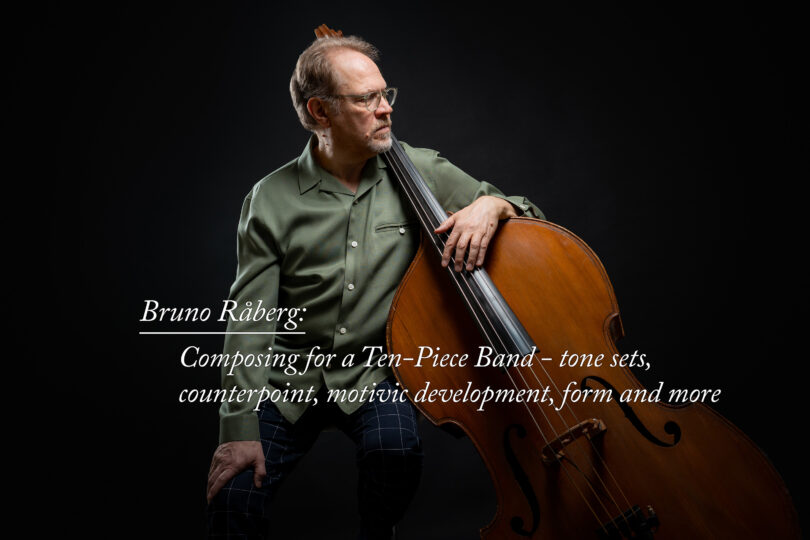
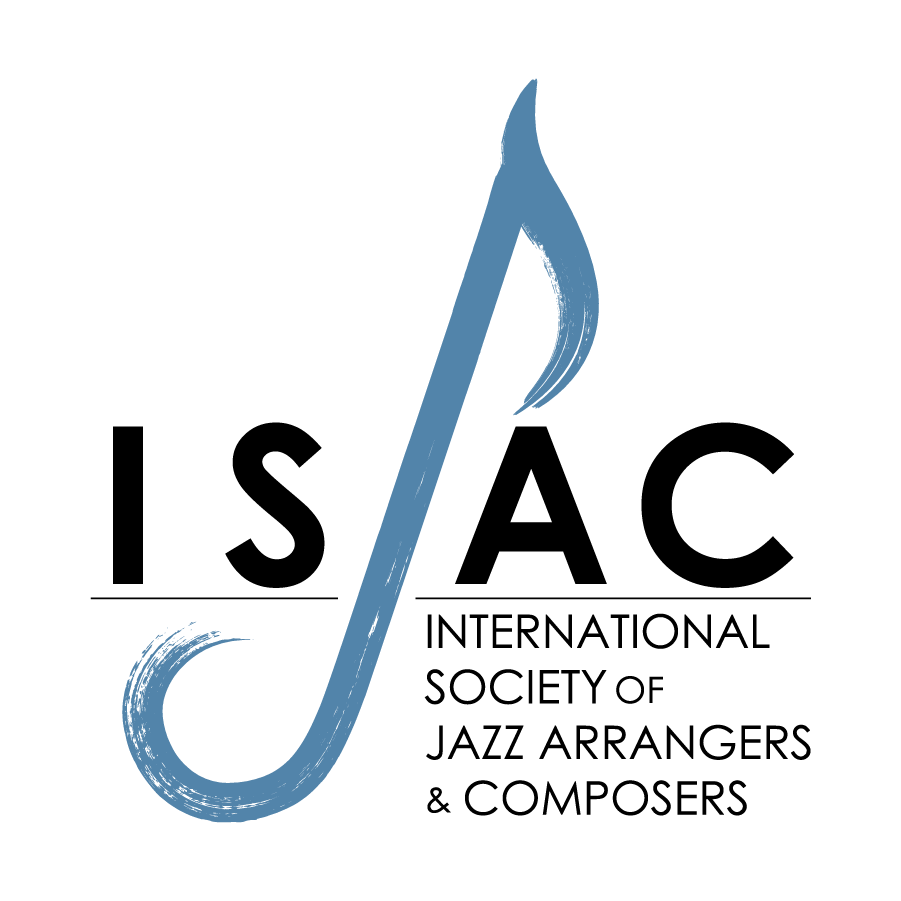

Bruno Råberg talks about translating tone sets, how he orchestrated for a 10-tet, and balance in composing with tone sets through his analysis of “Erebus.”
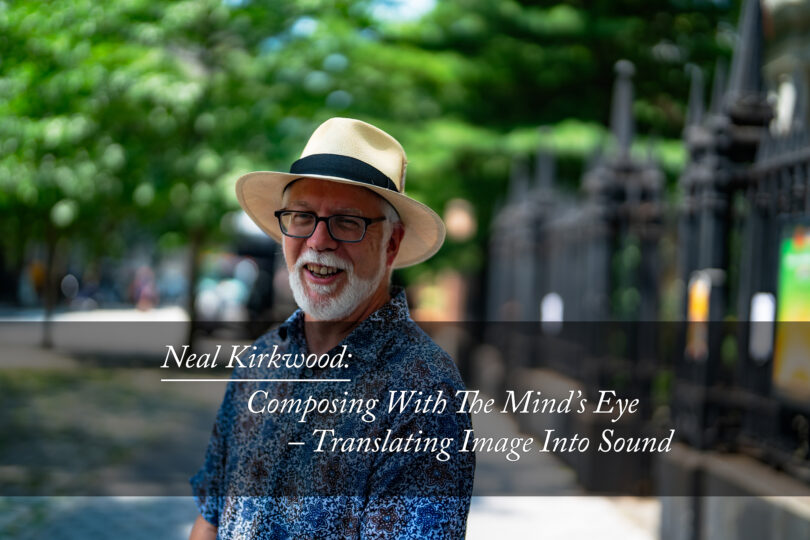
Composer and Pianist Neal Kirkwood dissects his work “Paddy Harmon’s Dreamland Ballroom” looking at imagery and his technical approach to the piece.
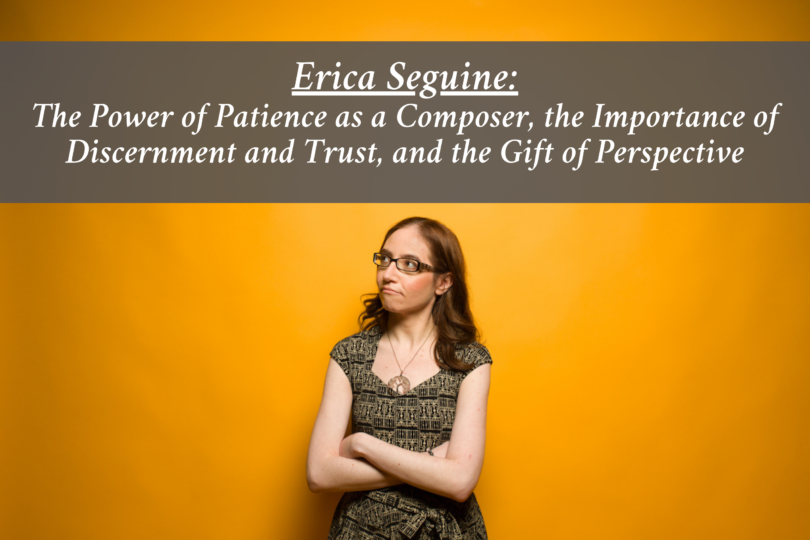
Erica Seguine discusses the power of patience as a composer, the importance of discernment and trust, and the gift of perspective
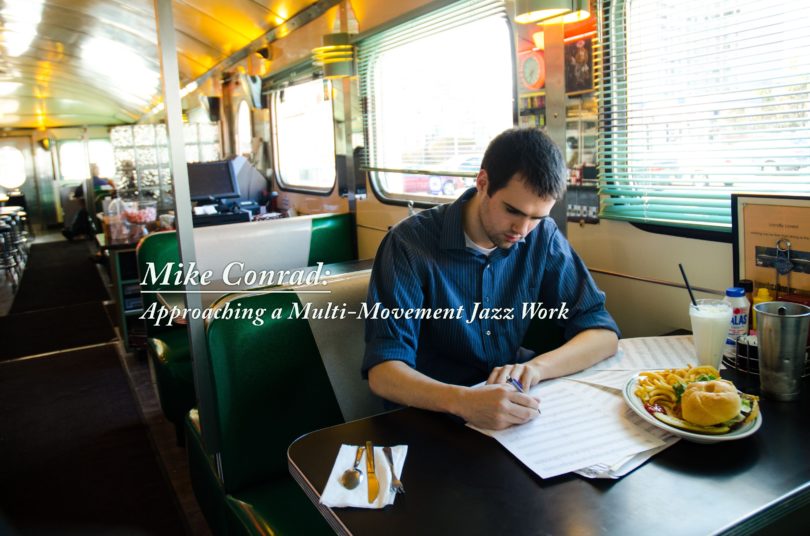
You must be a member to view this content.
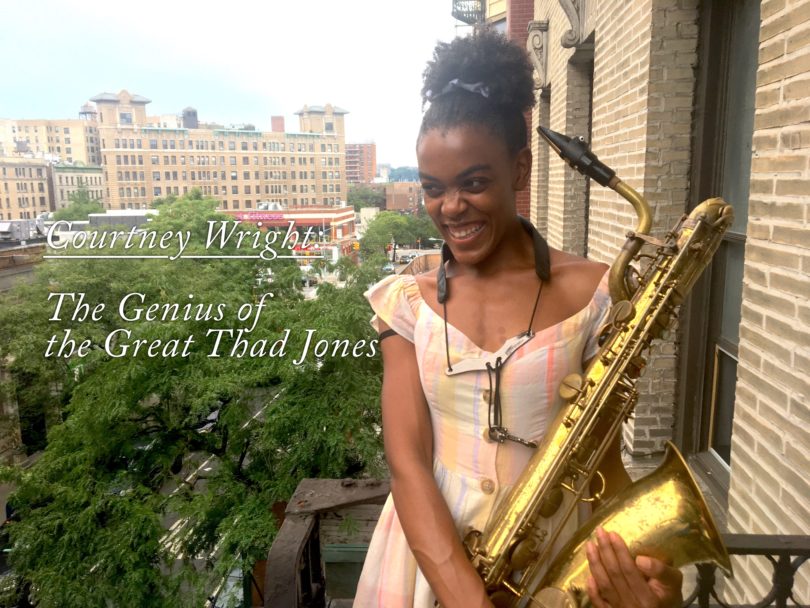
You must be a member to view this content.
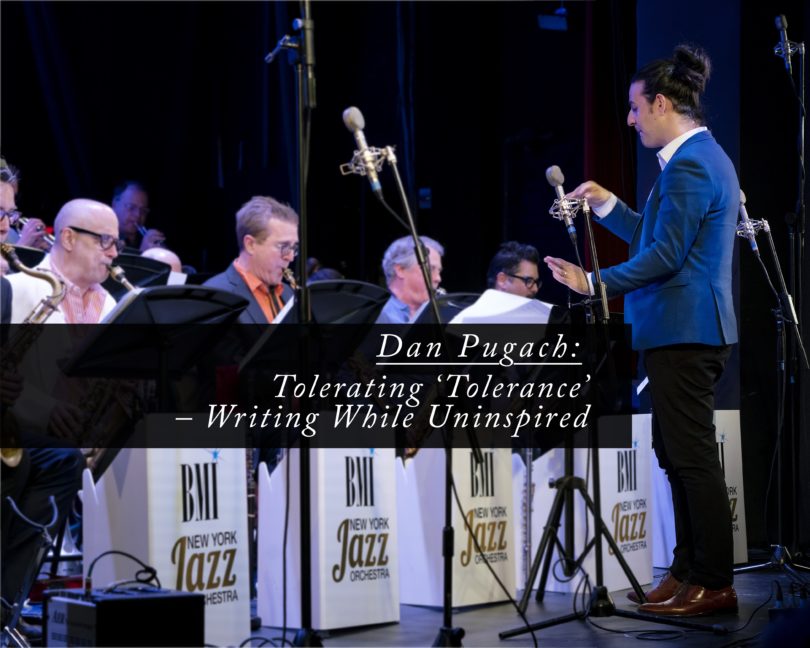
You must be a member to view this content.

You must be a member to view this content.
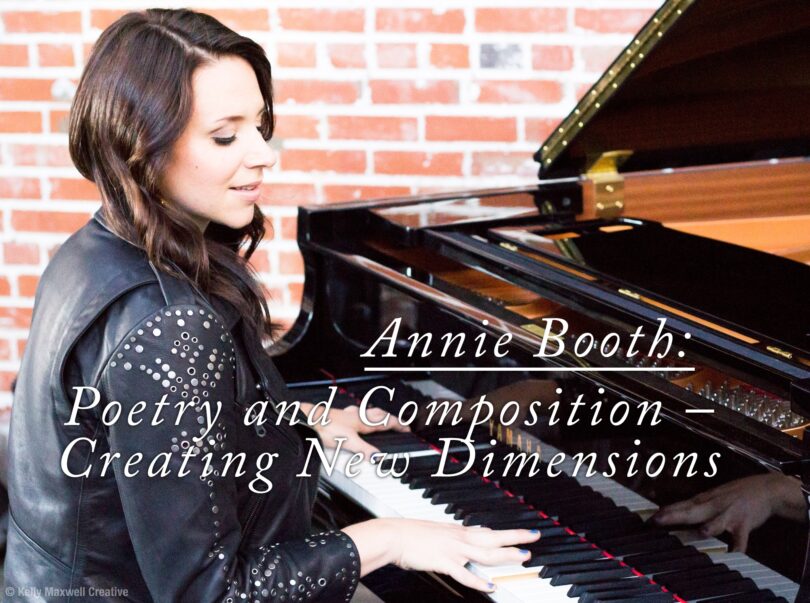
You must be a member to view this content.
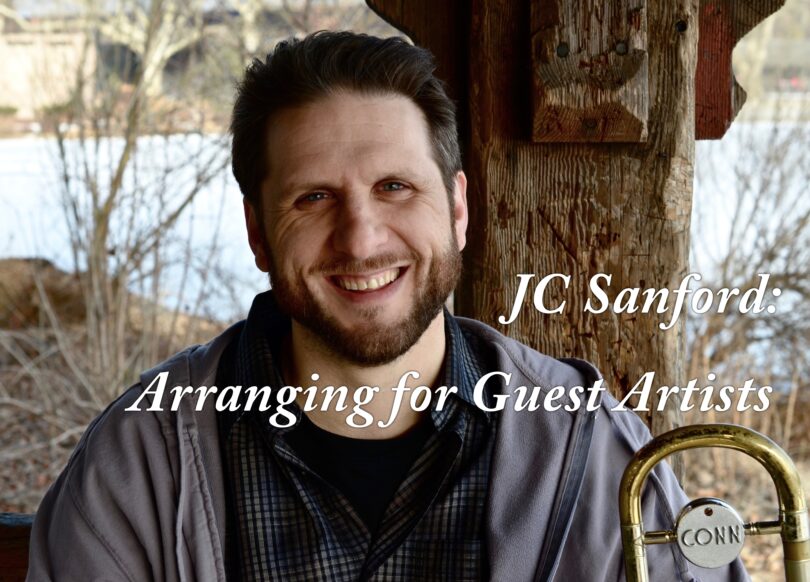
You must be a member to view this content.
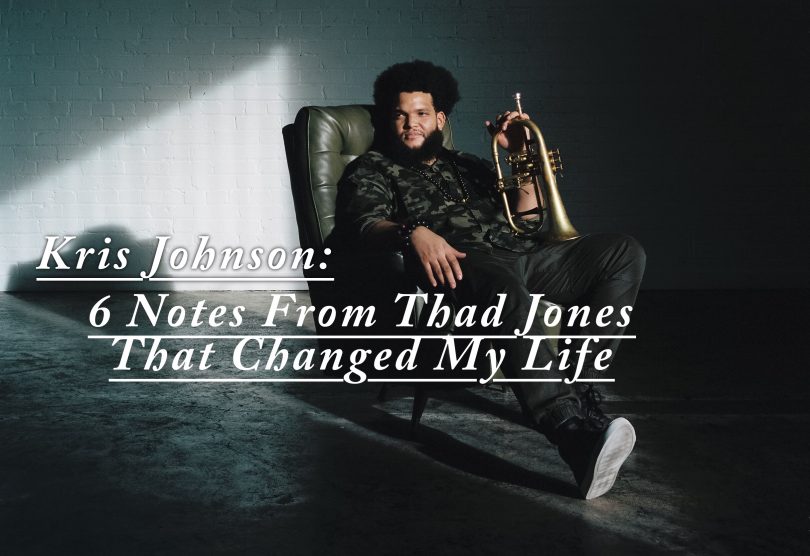
You must be a member to view this content.
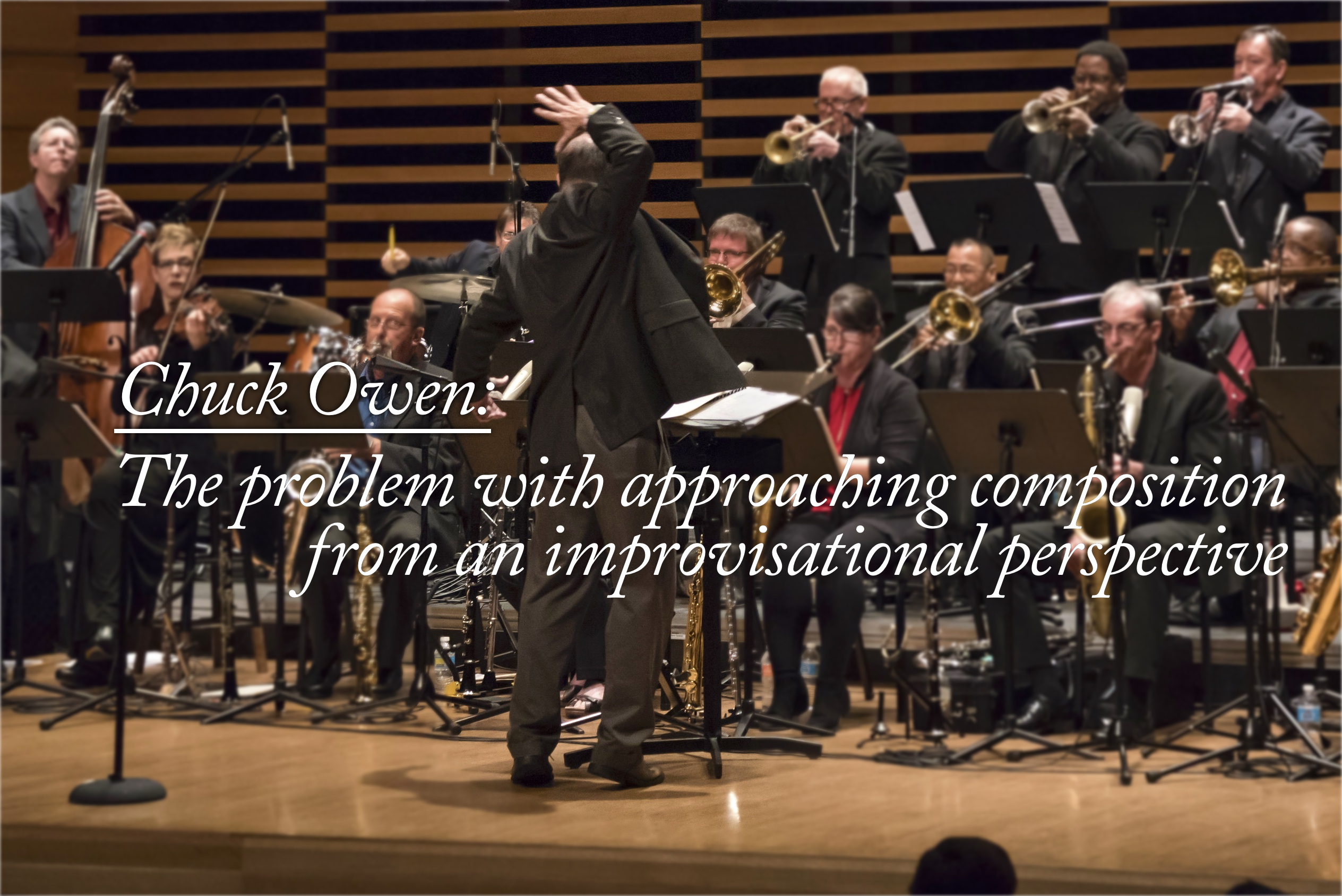
You must be a member to view this content.
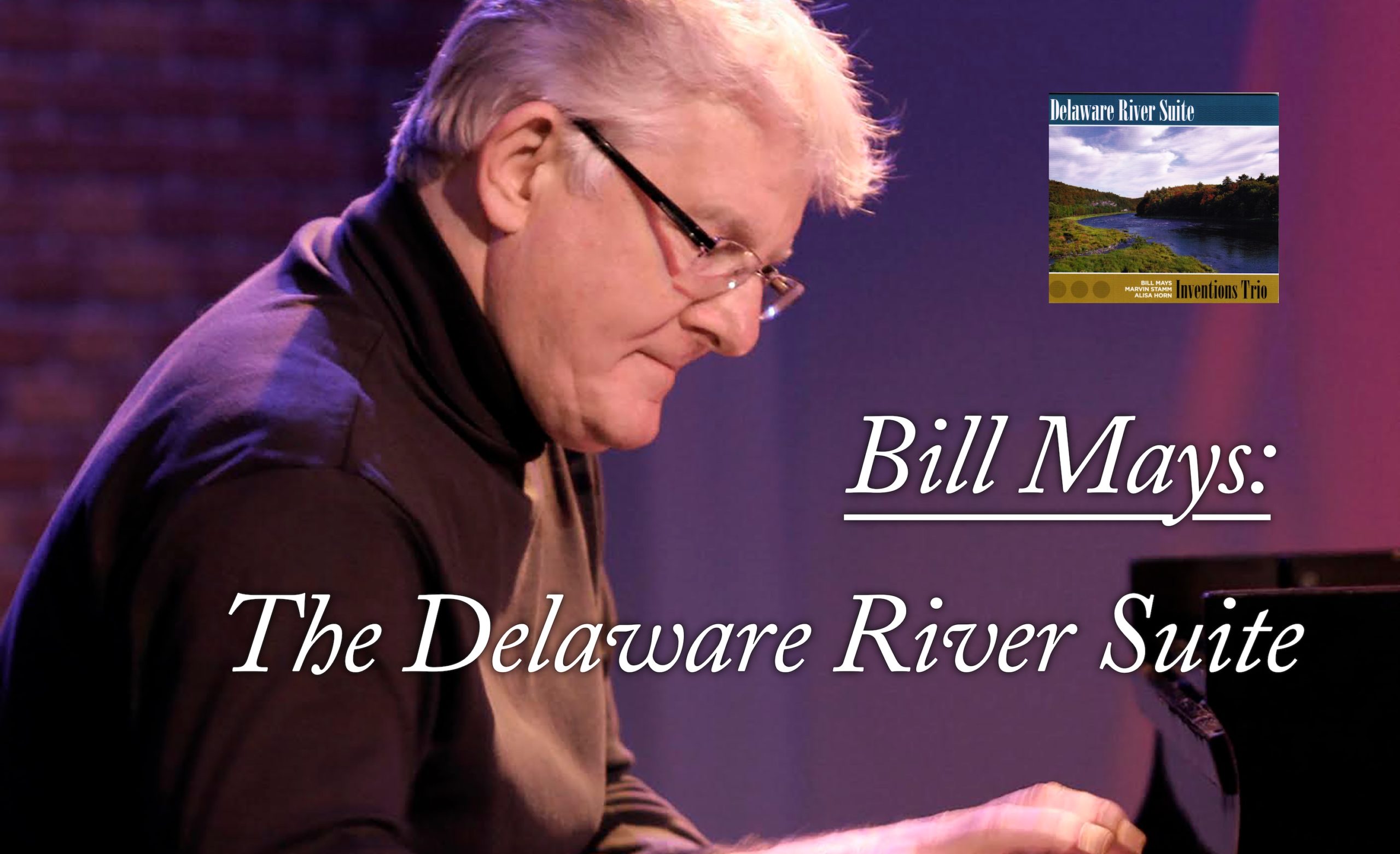
You must be a member to view this content.